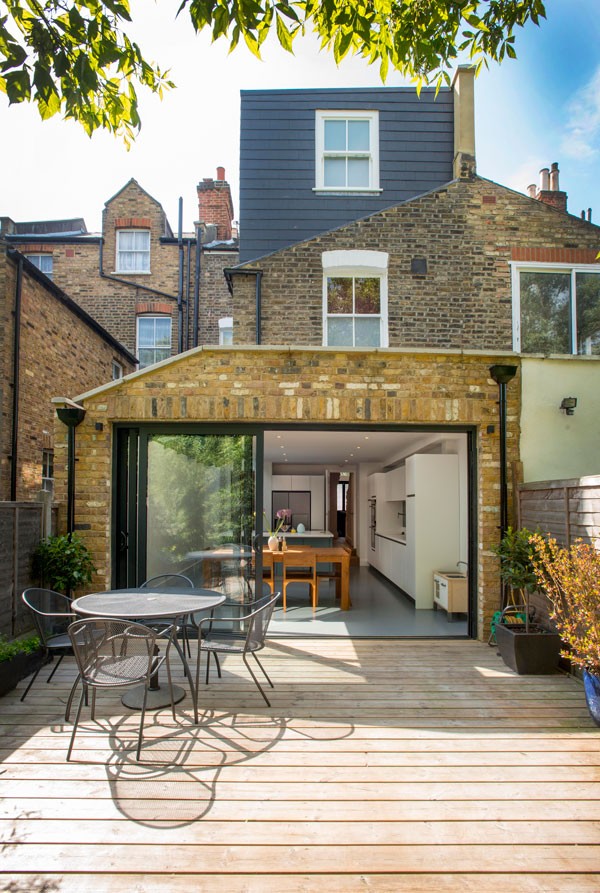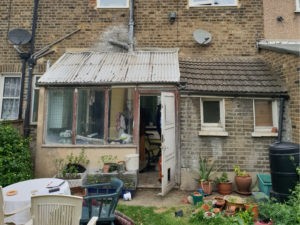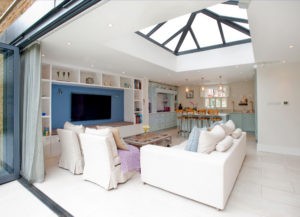There are several types of application that you can submit to your local council. Our Design Team have tons of experience in submitting planning applications, and they’ll be able to best advise which is most appropriate for your scheme.
Depending on the size and character of your design, one of your options might be applying through a Permitted Development application. We know a lot of this terminology might be new to you, so we thought we’d explain exactly what Permitted Development (PD) is, and how it might affect you.
What is Permitted Development?
There are certain alterations that you can make to your property which don’t require full planning permission – these alterations are known as your ‘permitted development rights’. Now, it’s not as good as you might think, and it is important to note that you do still have to apply to your local council and get there approval. However, the criteria to satisfy the council’s decision is much clearer cut with PD, especially in comparison to full planning which is very much open to interpretation.
How will it affect my Design?
The Design of a scheme that would be appropriate for Permitted Development is more restricted in size and material. Here are some of the requirements for a ground floor extension:
- The total area of ground covered by buildings (excluding the original dwelling house) cannot exceed 50% of the total curtilage (excluding the original dwelling house).
- The height of the new extension cannot exceed the height of the maximum height of the original dwelling house. Similarly, this also applies to the height of the eaves; they must not exceed the height of the eaves of the original dwelling house.
- Extensions must single storey.
- Extensions cannot extend more than 3 metres from the original rear wall.
- Balconies, verandas and raised platforms are not permitted.
- The materials of the exterior of the new extension must match those of the original dwelling house, such as slate, brick, render etc.
Due to the limitations within the Design particularly with a ground floor extension, we usually recommend that our Design clients go for full planning for the ground floor extension. We do use Permitted Development much more frequently in Loft Conversions – as we find the design limitations are not so restrictive.
What’s in it for me?
Permitted Development does have its advantages over Full Planning Permission. The applications are generally determined a little faster, taking approximately 5 weeks as opposed to the standard 8 weeks for full planning. Permitted Development sets out a clear set of rules, and if the designs adhere to these rules, you are guaranteed to get a successful determination. Because of this, we have had clients start building before determination in the past, because we know the determination would be successful. If you go for full planning, the guidelines are very much guidelines, and can be open to interpretation.
You can read more about the restrictions to Loft Conversions within Permitted Development here.
If you want to know more about Permitted Development, or have any questions at all, please don’t hesitate to contact our Design Team here, or give us a call on 020 7495 6561.
































